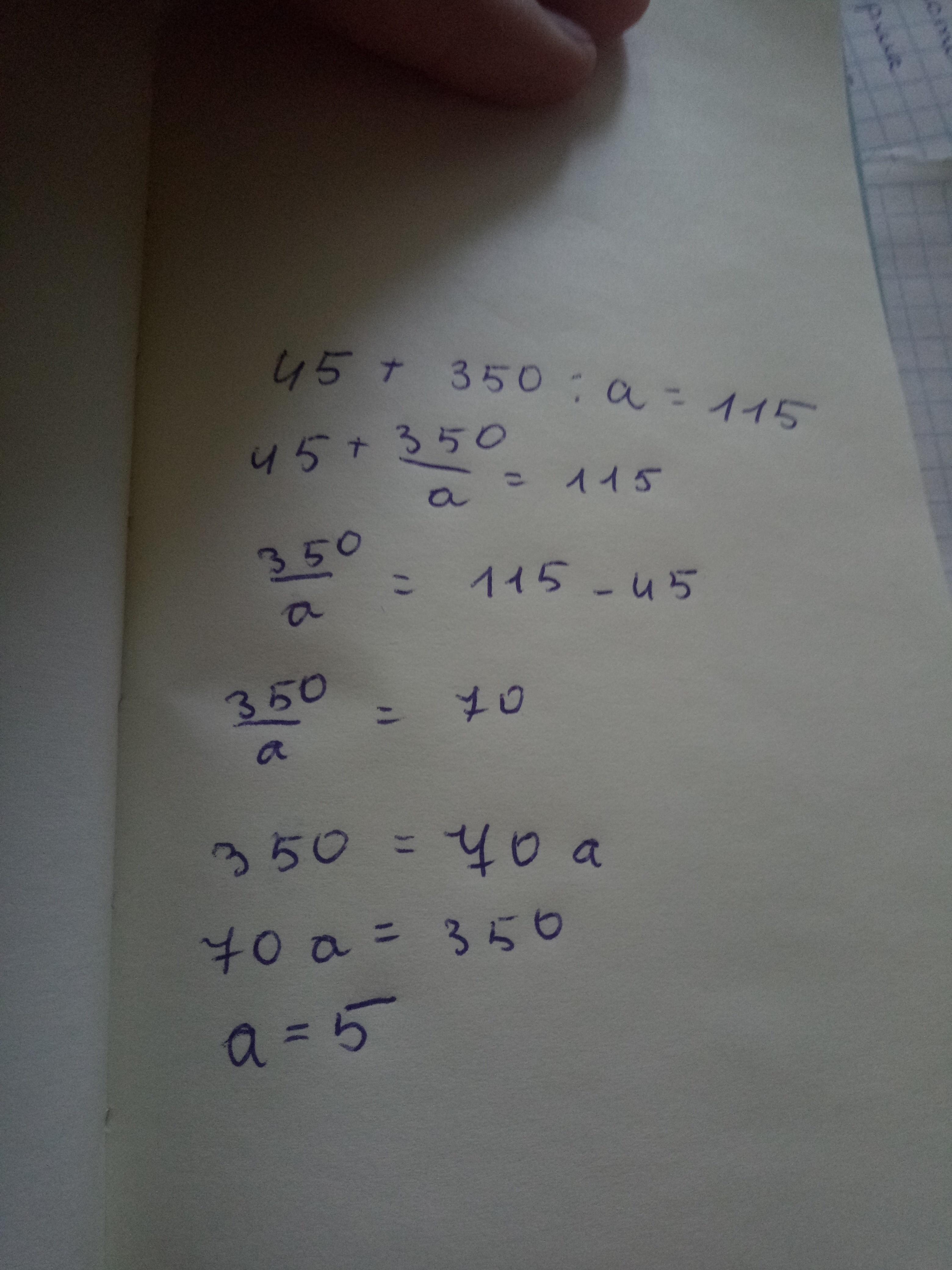УМОЛЯЯЯЮ!ПОМОГИТЕ МНЕ!ПРОШУ!Theatre and Cinema: How It All BeganTheatrical drama, as we understandTheatre and Cinema: How It All BeganTheatrical drama, as we understand it today, is based on three things. First, there must be an actor or actors speaking or singing. Second, there must be some dramatic conflict (or different relations) between actors. The two sides may be enemies, they may be friends that can't agree with each other, or they may be divided by misunderstanding. Third, and just as important as the other two, there must be an audience following the progress of the drama.The first theatrical performances of this kind took place in ancient Greece. The Greek drama developed from hymns sung to Dionysius, the god of wine and good life. But it did not become true theatre until such performances included stories of the other gods and actors to represent them.The first known actor was called Thespis. He was the leading singer and travelled from his birthplace to Athens in a cart that carried all his belongings and could be turned into a stage for performance. In Athens he won a prize at the new drama festival. People believe that he was also the first man who separated himself from other singers to make a dialogue with them. He was the first professional performer who was brave enough to play a god. Before him this role had always belonged to priests or kings.Cinema is much younger than theatre. It was born at the end of the 19th century. The first people who showed the first movies to a paying public were the Lumiere Brothers of France. They did this at the Grand Cafe, Boulevard des Capucines, Paris, on the 20th February 1896. This was the first cinema show and it was quickly followed by many others in all parts of the world. The first films showed moving people and transport or newsreels of processions and wars, and short comedies. In 1901 France was the first country to produce a dramatic film, The Story of a Crime, which was followed by The Great Train Robbery in the United States in 1903.At first, films were shown anywhere: in music halls, clubs and shops. By 1908, special film theatres were being built to give regular programmes. At this time cinema rapidly developed in both the New and the Old World. Charlie Chaplin made his first film, Making a Living, in 1914 in the USA. The Russian film industry was now going its own way. It produced such great films as Protazanov's The Queen of Spades (1916) and Father Sergius (1918). Both films starred Ivan Mosjoukhin, the famous actor. A little later Russia's great achievement in cinema was connected with its directors such as Eisenstein (The Battleship "Potemkin"), Pudovkin (Mother), Kuleshov (By the Law), Dovzhenko (Earth), and others. Then, in 1927, Warner Brothers in Hollywood made the first film in which an actor sang and spoke. The film was called Jazz Singer. It opened a new era in films — the era of the "talkies". The film mostly told its story with titles, but it had three songs and a short dialogue. There were long lines of people in front of the Warner Theatre in New York. The silent film was dead within a year. The first one hundred percent sound film, Lights of New York, appeared in 1928. The first colour films were made in the 1930s, but black-and-white films are still made today.
(К ЭТОМУ ТЕКСТУ НУЖНО СДЕЛАТЬ СДЕДУЩЕЕ ЗАДАНИЕ):
Now that you've read the text once, say:
1) in what country theatre was born; 2) why we remember Thespis; 3) when cinema was born; 4) what country produced the first dramatic film; 5) why the film Jazz Singer is important in the history of cinema; 6) how many names of films, actors and actresses mentioned in the text you can remember; 7) into what two parts the text can be divided logically
